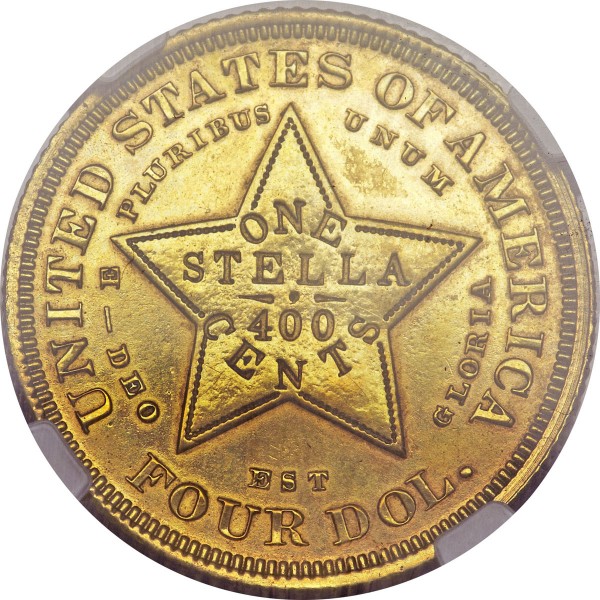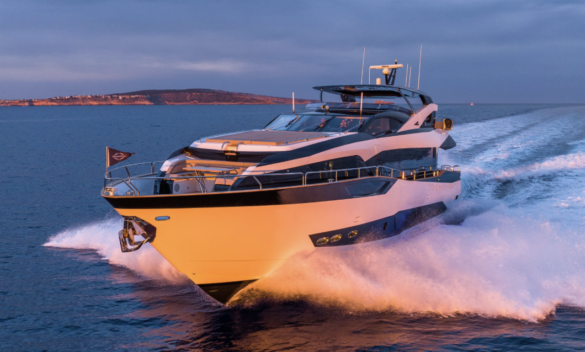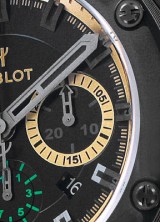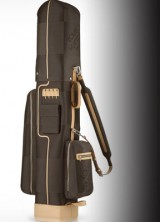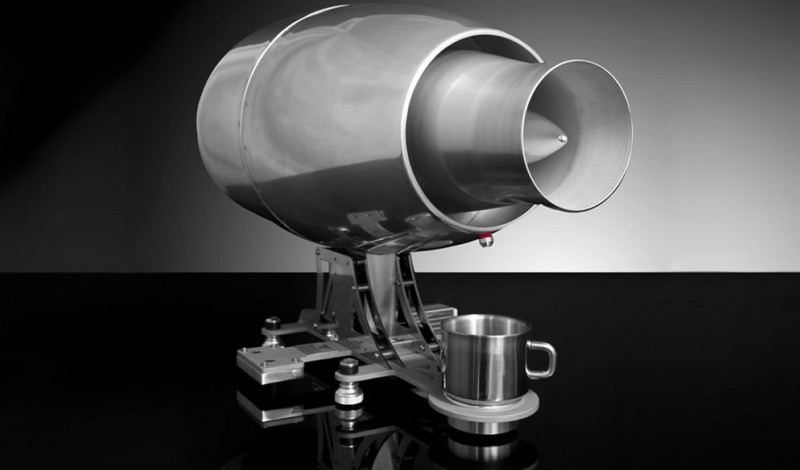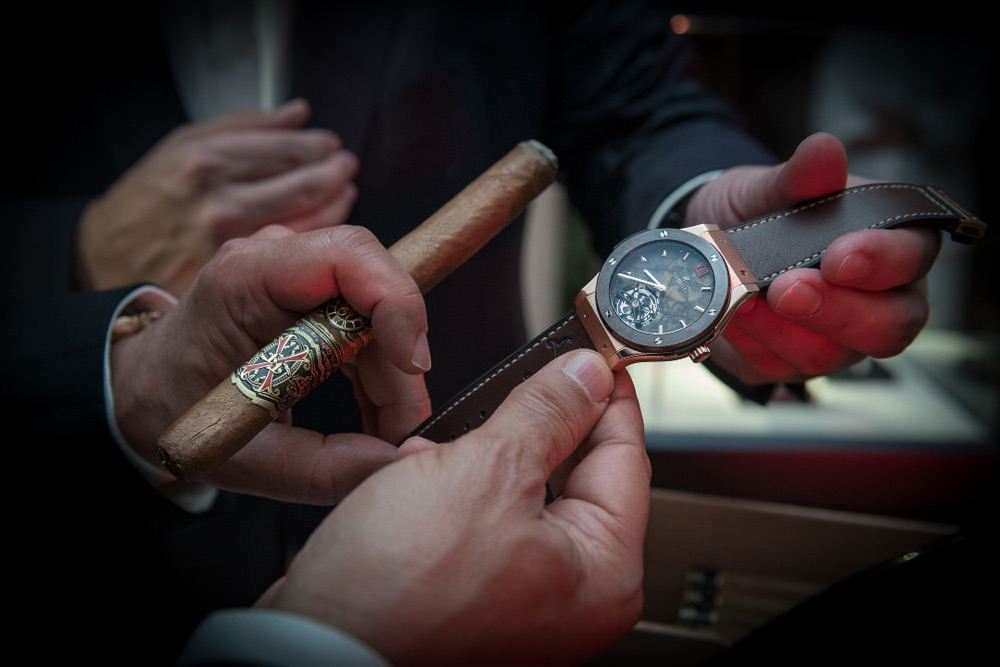May 31-June 3 auction at the Long Beach Convention Center featuring an array of classic U.S. Coins
Classic rarities and a few unexpected treasures are among the highlights of the upcoming Heritage Auctions Long Beach Signature U.S. Coin auction, May 31– June 3.
This auction has a healthy selection of time-tested rarities, said Greg Rohan, President of Heritage. There are also a few lesser-known items, unique or nearly so, that could surprise everyone but the winning bidder when they sell.
The proof four dollar gold pieces, or Stellas, in the auction are the perfect illustration of this mix. There are three of the famous patterns in the auction, two of the familiar Judd-1635 1879 Flowing Hair type in gold. The finer of those two, is graded PR64 by PCGS.
Just a few hundred of the gold 1879 Flowing Hair Stellas were made, but that was enough for many collectors to believe they could own one someday, said Rohan. Few U.S. patterns manage to crossover to mainstream collecting, but the gold 1879 Flowing Hair Stella is one of the most prominent – and most expensive.
Less well known but far rarer is a Judd-1636a 1879 Flowing Hair Stella in gilt copper. The design is subtly different from the usual Flowing Hair Stella and pattern experts have confirmed no other examples of this die. It was released from the Mint as a copper piece and gold-plated some time later.
The pedigree for this pattern, believed unique, dates all the way back to 1906, said Rohan. We can confirm only four auction appearances before this offering, and it’s already attracted the attention of a noted pattern specialist.
Another popular gold rarity is the 1854-D three dollar gold piece, which combines two quirks of the mid-19th century U.S. Mint: a facility in Dahlonega, Georgia, that only struck gold coins and the slightly surreal “odd denomination” of three dollars. Dahlonega struck the three dollar coins in 1854 only, producing just more than a thousand of them, with fewer than 100 surviving today. Lot 4921, graded AU58 NGC, CAC, comes from a Featured Collection of the auction, The Robert Dorsey Smith Collection.
For sheer novelty, few numismatic items can trump a 10-piece set of hub impressions from the 1883 Hawaiian coinage dies. Struck in bronze and brass around 1900, this unusual – and believed unique – set is graded from MS65 to MS66 by PCGS and mentioned in a prominent reference on Hawaiian coinage. Each uniface hub impression shows one side of one denomination, spanning from dime to dollar and including the eighth-dollar, a denomination never issued for circulation. The coins for the then-independent Kingdom of Hawaii were struck at the Philadelphia Mint, which still holds the dies.
The Stella is not the only popular rarity to appear in multiples this auction. One of the most famous Morgan dollars is the proof-only 1895 issue, long held as the key date of the series. Out of just 880 pieces struck, Heritage is offering three in this auction. The finest of the three is graded PR66 Cameo NGC.
Other highlights include:
- Judd-7 1792 Half Disme, VF25 PCGS: A historic early silver piece, recorded in the logbook of then-Secretary of State Thomas Jefferson.
- 1837 No Stars Dime PR67 NGC: A very rare early proof, one of 30 struck as presentation pieces and among the finest specimens known.
- 1870-CC Half Dollar, AU58+ NGC: A condition-census example of the Carson City Mint’s first half dollar issue, which is scarce in all grades.
- 1879 Eagle, PR65 Cameo NGC: One of just 30 pieces struck for this proof gold issue, of which no more than 10 to 12 survive today.
- 1931 Double Eagle, MS66 PCGS Secure: An important melt rarity, pedigreed to Louis E. Eliasberg, Sr. and Dr. Steven L. Duckor.
- 1912 Double Eagle, PR67 NGC: The finest of several rare matte proof Saint-Gaudens double eagles in the auction.

